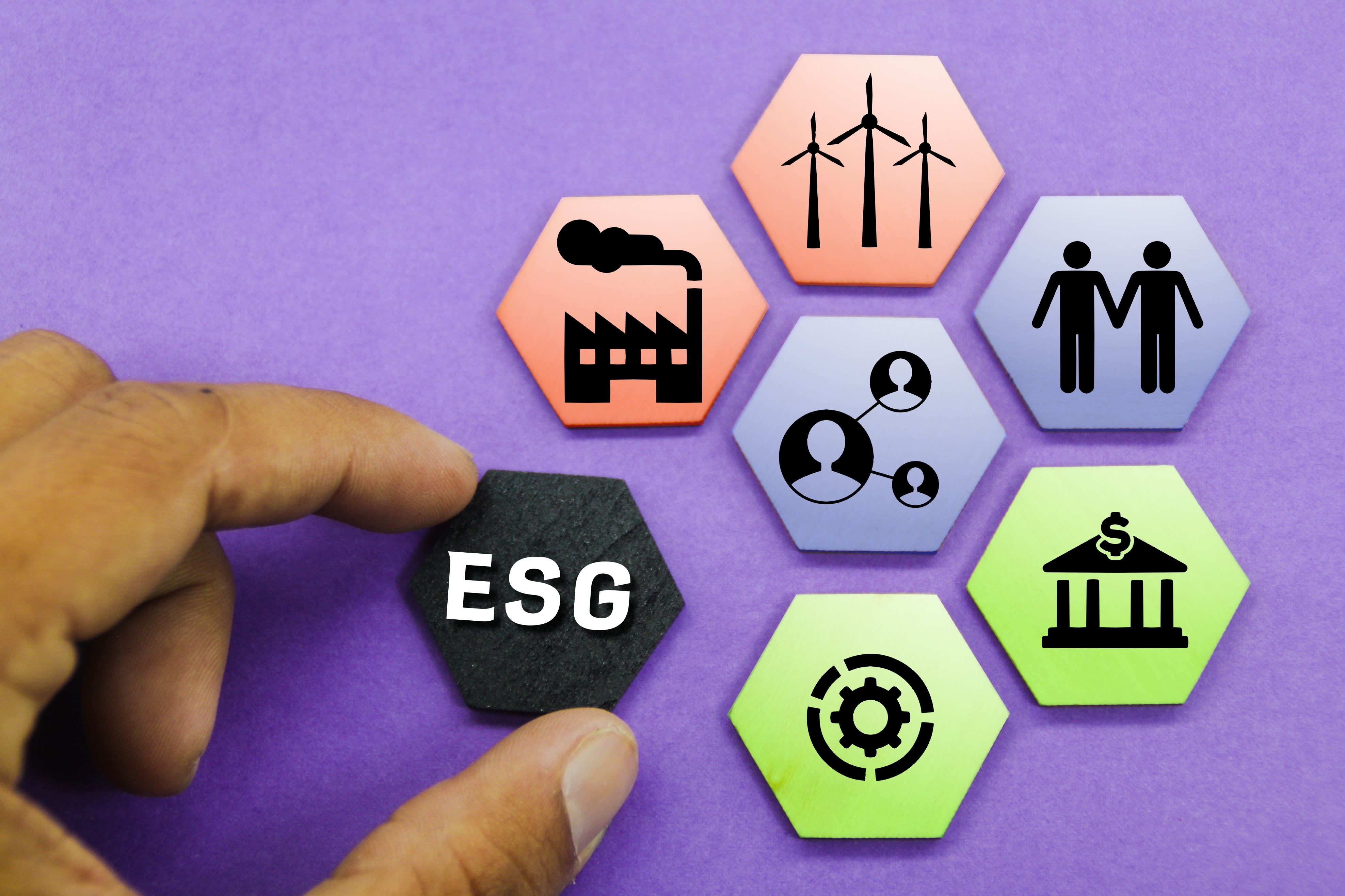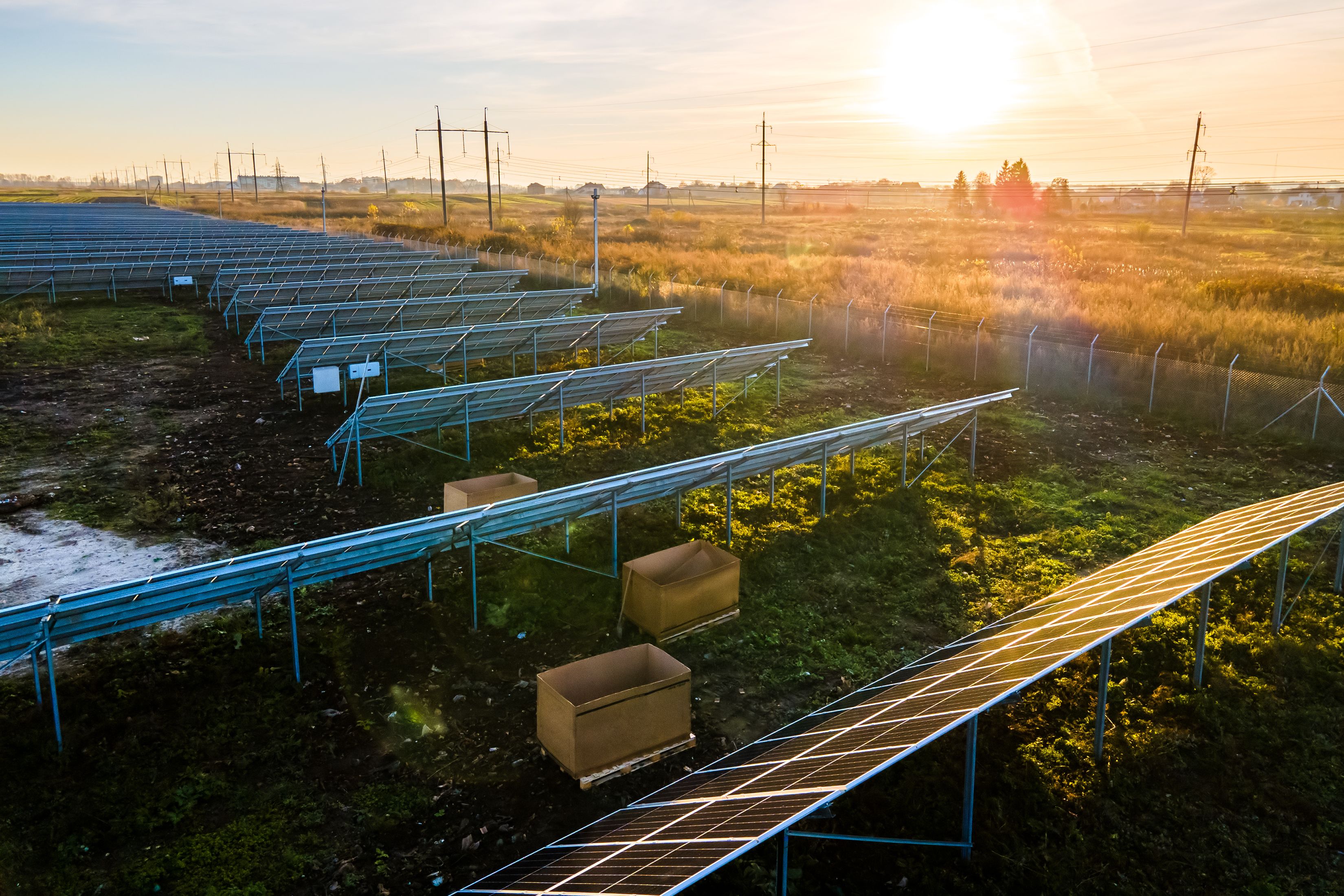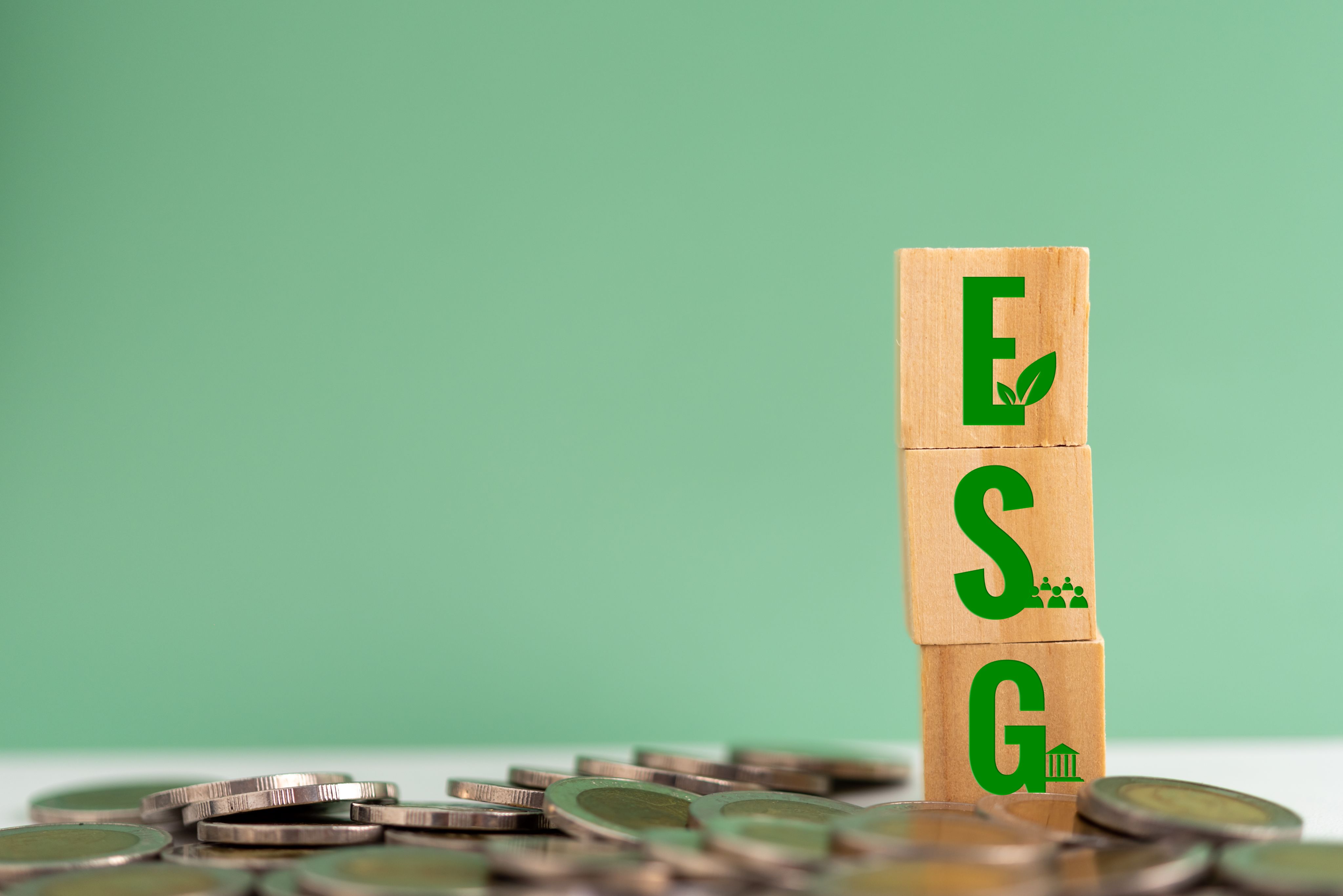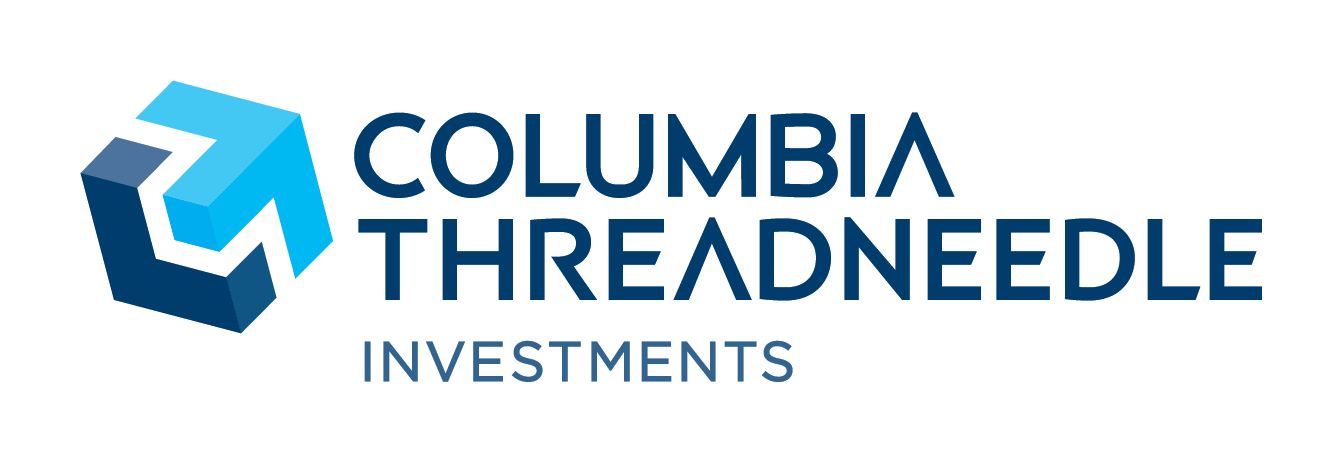Diversifying your sustainable bond exposure
How can one create a fixed income portfolio that is sustainable and diversified against both duration and credit risk

How to build a diversified sustainable bond exposure
“Diverse, complex and evolving rapidly”: this is how one investment specialist has described the world of sustainable fixed income.
The comments by Mathias Neidert, managing director of public markets for bfinance, reflect the growth of sustainable bond instruments and sustainable fixed income strategies over the past decade.
According to Morningstar data, there are now 476 sustainable bond funds registered in the UK; this compares with 126 in 2013 and just 31 in 2003.
Within this, the global social bond market has also expanded, with 10 funds now available to UK retail investors that have a specific basic human needs or development theme.
Sustainable fixed income funds
|
Sustainable fixed income funds |
|||
|
Aug-03 |
Aug-13 |
Aug-23 |
|
|
Active |
31 |
114 |
381 |
|
Passive |
12 |
95 |
|
|
Combined |
31 |
126 |
476 |
|
Source: Morningstar |
|||
Neidert says: “New instrument types and new strategies are continuing to emerge”.
Bond instruments that are created specifically to fund an ESG aim, known as GSS+ (green, social and sustainability) bonds, should be distinguished from sustainable fixed income strategies, which may or may not invest in GSS+ bonds, as they may also invest in bonds that conform to sustainable goals but are not dedicated to that cause, for example some allocators would view conventional government bonds as sustainable or social in nature.
While bfinance has identified “approximately 600 fixed income strategies” that can be considered sustainable in a broad sense, this CPD feature will focus on the GSS+ instruments themselves.
Deep and wide
But even paring this down to just issuance, the sustainable fixed income bond market has become a deep pool in which managers can fish to find the right bonds and allocations for their portfolios.
The GSS+ bond market can be considered almost on a par with the global high-yield corporate bond market, given that there was $3.7tn (£2.98tn) of outstanding debt in GSS+ bonds.
Info box: The GSS+ Universe
- G: Green bonds: use of proceeds for environmental benefit (since 2012).
- S: Social bonds: use of proceeds for social benefit (since 2020).
- S: Sustainability bonds: use of proceeds for environmental and social benefits combined into one instrument (since 2020).
- +: Other, namely sustainability-linked bonds. Proceeds are not ring-fenced to green or sustainable purposes, but changes in coupon (almost always step-ups) are explicitly linked to performance against entity-level sustainability performance targets.
- Transition bonds: the proceeds are used to support transition at activity or entity level (captured since 2021).
Source: bfinance/Climate Bonds Initiative
The market is still dominated by green bonds; according to the Climate Bonds Initiative, $2.2tn is from green bonds from more than 2,400 issuers.
In 2022 alone, the Climate Bonds Initiative reported $858.5bn of new GSS+ issuance volume. Green bonds remained the dominant instrument, with 58 per cent of the total with volumes of $487.1bn.
Neidert adds: “Social bonds, sustainable bonds and sustainably linked bonds are newer instruments but add diversification, and have contributed to the overall growth acceleration.”
With all this acceleration, how can managers find the right fixed income stocks for their portfolios, and differently to other sustainable fixed income fund managers?
Charlotte Finch, client portfolio analyst – fixed income at Columbia Threadneedle Investments, says research is critical.
She explains: “Understanding where money goes for a new issue is important to assess how impactful a bond is going to be.
“Research can help identify strengths and weaknesses around an issuer’s intentions, including both internal factors, such as governance issues or balance sheet strength, and external factors.
“For example, are they making a positive or negative impact on the local communities, or creating more jobs?
“Considering these factors, a fund manager may be confident that an investment is net positive for sustainability factors.”
Barney Timson, assistant investment analyst at wealth adviser and fund management firm Castlefield, says the main challenge facing managers attempting to diversify is around the breadth of the sustainable fixed income market.
He comments: “It is more challenging for sustainable fixed income managers to diversify, especially geographically as some regions have yet to fully embrace sustainability.
“In general, there are more options for managers to choose from across developed markets.”
Getting the right balance
Much is often made by advisers and managers of being aligned to the clients’ views when it comes to deciding on ‘sustainability criteria’.
But as commentators have pointed out, this means every possible flavour, theme and variation could potentially be put forward from the client.
Moreover, some fund groups might have different approaches, as Neidert explains: “Exclusions are normative and tend to rely on differing sets of values that are linked to different cultures.
“For example, European managers show a high level of awareness and sensitivity to environmental considerations, in line with the local zeitgeist.
“US managers are typically less involved on the environmental aspects than their European counterparts but are often more involved than European managers on certain social aspects such as diversity, equity, and inclusion.”
Essentially, it is important to have some ground rules, such as firm-wide exclusions to sectors such as controversial weaponry, international sanctions and UK global compact violators, as we have seen in the case of Russia’s invasion of Ukraine in 2022.
Various lines to tackle diversification include looking across different risk factors, including the company’s business and sector.
Finch explains: “A bond doesn’t have to be an official labelled bond for an investment to classify as a sustainable investment; the issuer’s business itself could be sustainable in nature, eg a company researching new vaccines.”
Erik Keller, fixed income client portfolio manager for Robeco, says it is important to consider duration and geography as well as a bond’s score in regards to the UN's sustainable development goals (SDGs).
He says: “As we can source sustainable labelled bonds and bonds issued by companies with positive SDG scores from the various regions, our sustainable fixed income portfolios are sufficiently diversified across regions and countries as well.
“Duration is typically aligned with the duration of the relevant market index.”
Fishing outside the pool
But being a sustainable fixed income manager does not mean only investing in GSS+ bonds.
Keller says: “In our sustainable focused fixed income portfolios we also invest in regular bonds issued by companies that do not harm or negatively impact the 17 SDGs with their products, services and behaviour.”
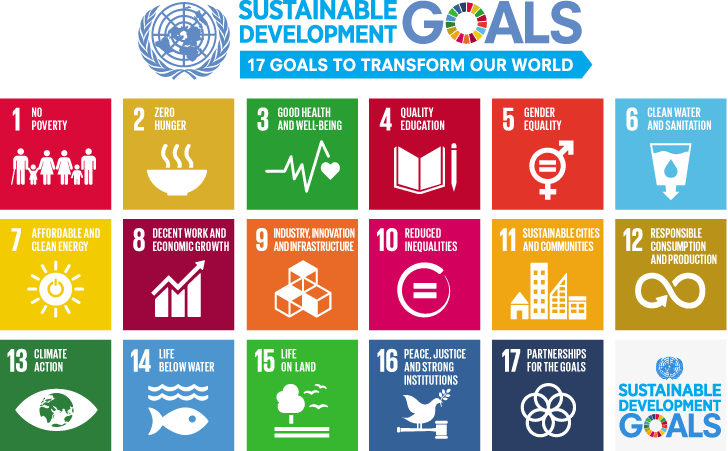
Thomas Coudert, head of fixed income sustainability at Axa Investment Managers, says: “Investors can also apply ESG screening or integration methods to select sovereign or corporate issuers that contribute to specific SDGs or have positive ESG ratings.
“By investing in the sustainable fixed income market, investors can not only generate financial returns, but also support the transition to a more sustainable economy and society.”
Global social bonds
A narrower definition of sustainable fixed income is the social or green impact bond. Scarcely heard of in 2003, in 2023 these are becoming more popular, according to Keller, although he says the market is still nascent.
Keller explains: “These are bonds whose proceeds are earmarked for clearly specified projects, and which are aimed at creating real environmental or social impact.”
Finch says: “Social bonds have the ability to ring-fence capital to spend on projects that intend to provide a positive social outcome.
“Projects can include building social housing for those not able to afford a home, provide healthcare services in regions unable to access basic healthcare provisions and generally help bridge a gap in the inequality experienced across the world.”
She adds: “Social bonds issued from supranational agencies can have a positive outcome in more than one region or country, for example a bond issued to help produce life-saving vaccines.”
One humorous way of explaining social bonds is from Johann Plé, senior portfolio manager – fixed income, for Axa IM, who says: “Social bonds are conventional bonds with benefits. These benefits clearly go beyond transparency and measurability.
“Social bonds can mitigate risks within portfolios as they invest in issuers with good social practices, hence having less exposure to severe strikes, work incidents, or regulatory changes.”
He also suggests that, as they invest in companies committed to more sustainable practices, this could benefit clients in the long run, as “consumption progressively shifts as awareness of social issues rises”.
The 2022 Intercontinental Exchange Impact Bond report showed the demand for sustainable bonds is on the rise, albeit from a small base.
In 2015, the market represented just 0.1 per cent of total issuance.
By 2021, just 2 per cent of all bonds issued was declared or certified as a green, social or sustainability bond. In 2022, this rose to 4 per cent.
Timson adds: “Social bonds have formed a core component of our portfolios, due to the diversification benefits they provide, alongside the clear social positives they help to fund.
“The social element of ‘ESG’ is often overlooked, therefore a more prominent global social bond market can help to bring this more to the forefront of investors’ minds.”
Way to go
The beginning of the article highlighted data from Morningstar and the Climate Bonds Initiative, showing the growth of the sustainable fixed income universe.
Advised clients have already been canvassed for their views on sustainability and income generation as part of the fact-find, and the Financial Conduct Authority’s incoming sustainability disclosure requirements will give greater impetus to having ESG investing conversations.
But non-advised clients are still seemingly in the dark when it comes to sustainable fixed income, and education is needed around the subject area, says Interactive Investor.
Myron Jobson, senior personal finance analyst for ii, says data on fund flows across the company’s platform has seen no “discernible movement in demand for income ESG funds”.
He says partly this is due to recent poor performance, and potential knee-jerk reactions from those who have not got someone advising them on long-term investment propositions.
Figures from the Investment Association showed responsible investment funds overall had a net retail outflow of £432mn in June this year.
But Jobson says although there is a “solid stable of sustainable, ethical propositions that would strengthen any conventional portfolio”, people are still not entirely sure how options that “fall under the socially responsible investment banner measure up to their own unique ESG criteria”.
He explains: “Greater transparency and standardised disclosure requirements are needed to allow investors to make informed decisions. If people are trying to take a principled investment stance, it’s important they know what they are investing in.”
Sustainable bond developments
Keller agrees education and knowledge is important, and he is looking forward to the FCA’s SDRs, which will sit well alongside the EU’s sustainable finance disclosure regulation.
He says: “Overall, the two regulatory developments will hopefully support a more transparent market, where clients will be able to distinguish between the truly sustainable fixed income funds, and those less so.”
Another positive development is the US approving bond verification company Kestrel to become the first company to approve entity-level verification and sustainability linked debt certifications under the Climate Bonds Standard.
The Climate Bonds Initiative aims to accelerate the adoption of green finance and foster science-based standards and best practices worldwide.
According to Monica Reid, chief executive of Kestrel, this will help “find new ways to accelerate the transition to a low-carbon economy, and improve transparency and accountability.”
There’s also recent performance to take into consideration. Fossil fuel producers (and their shareholders) have benefited from “windfall revenues” in the aftermath of Russia invading Ukraine, while renewable energy stocks have traded lower over the past couple of years.
But Richard Flax, chief investment officer at MoneyFarm, says this will change as government focus will be on the transition to a green economy, and clients think longer-term when it comes to investing sustainably.
Indeed, he says the appeal of sustainable fixed income has “increased as investors become more consistent in their approach to sustainability across the capacity structure”, and with the Cop28 meeting in Dubai in December, there will be a “greater focus” on sustainability by investors.
Simoney Kyriakou is senior editor at FTAdviser
